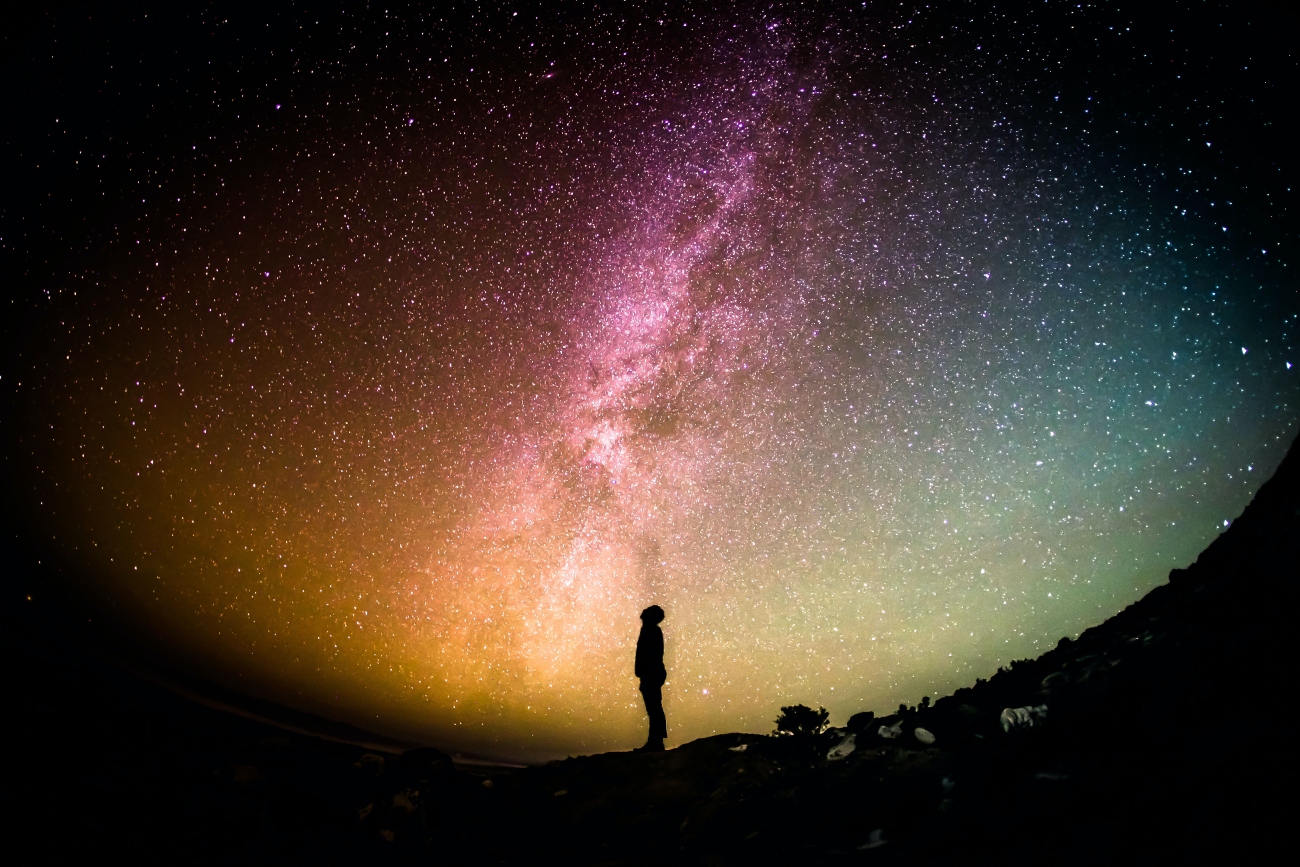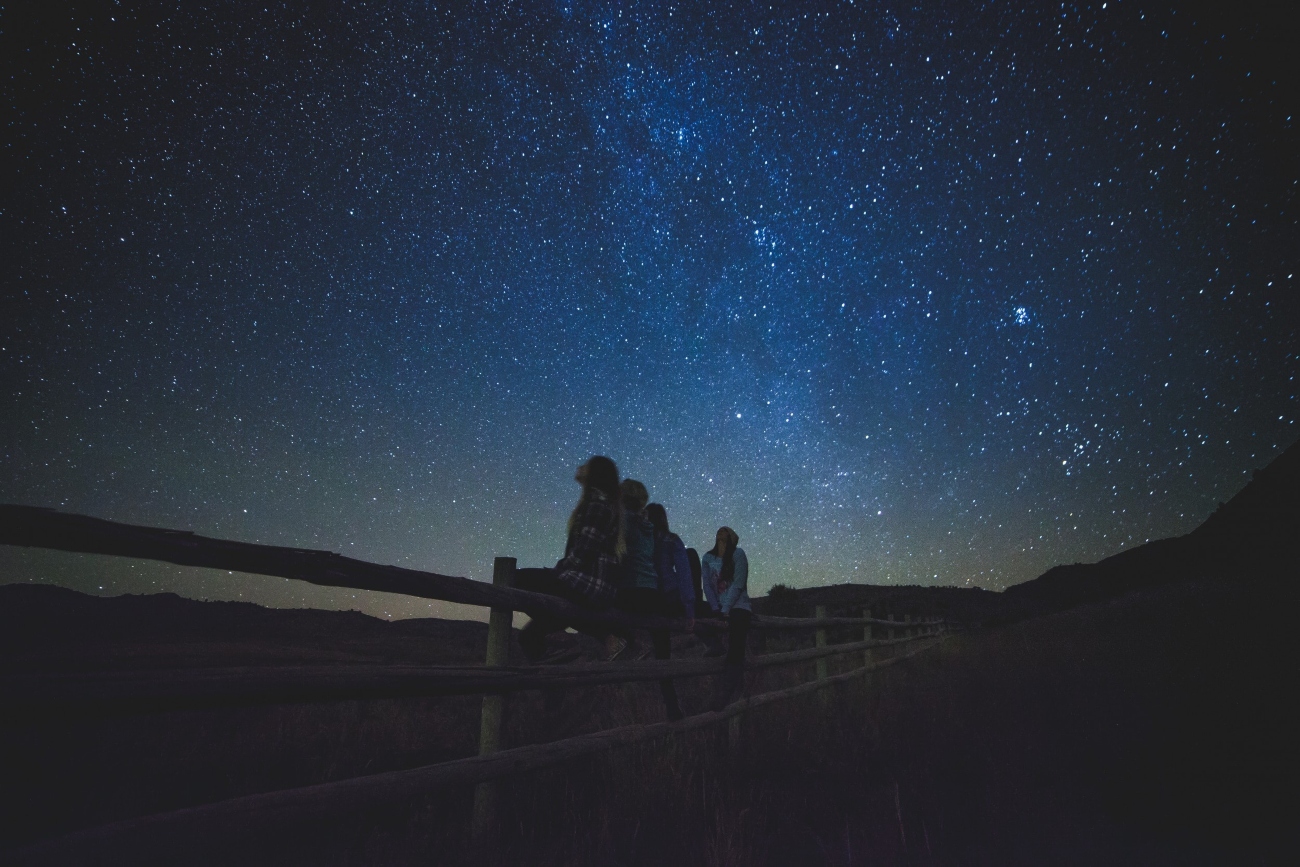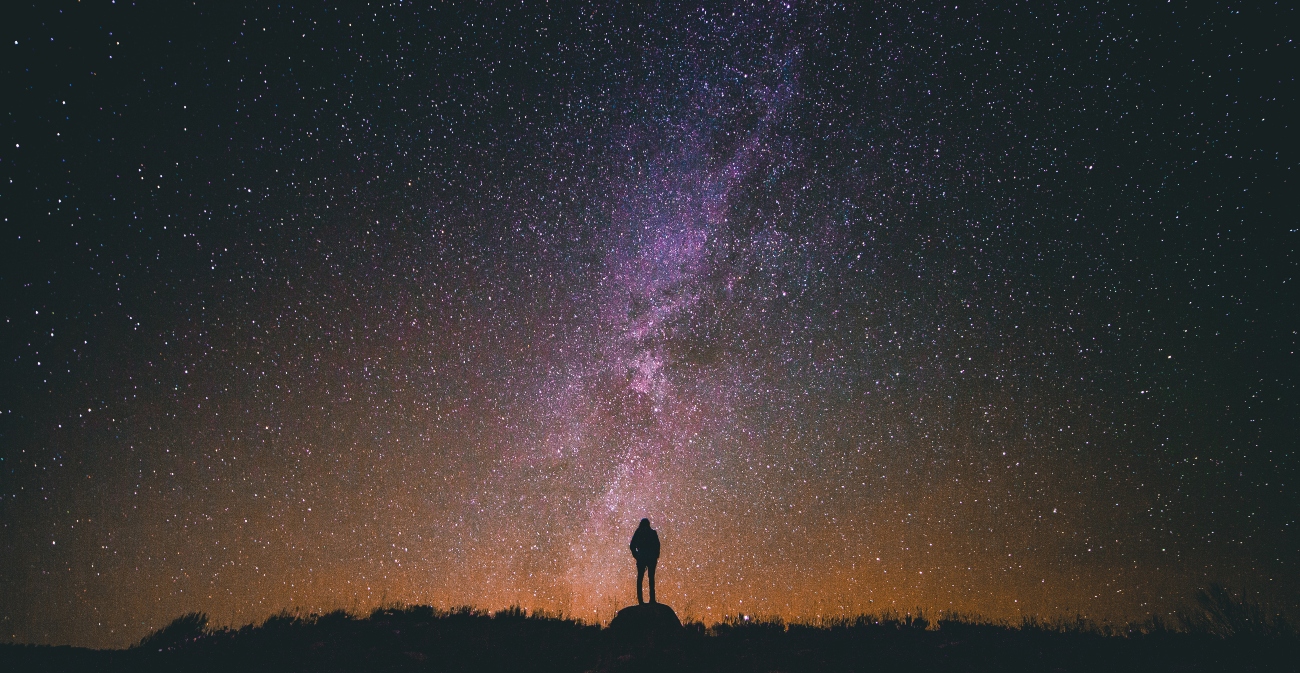Latest News
The best stargazing apps
By |
13th January, 2022 |
Categories:
The night sky is truly a magical thing but to the uninitiated, it can be bewildering. But don’t despair, getting a handle on astronomy is, in fact, far easier than you think. Particularly if you’ve got one of these handy star-gazing apps downloaded to your iPhone.
Dispensing with the need to study sky charts for hours or invest in a top-of-the-range telescope, these apps will let you catch the best celestial events the night sky has to offer. From Mars and Jupiter, to Orion’s Belt and the Andromeda Galaxy and even the International Space Station, you’ll see plenty if you’ve got astronomy apps to hand. Take a look, there’s bound to be a star-gazing download worthy of your home screen.
But don’t forget, if you’re busy staring up at the heavens with your phone in your hand it’s all too easy for an accident to happen. That’s why iPhone insurance is so important to arrange, too. So, before heading out, give the helpful team at Gadget Cover a call and discuss your insurance requirements today.

Discovering the wonders of the night sky with easy-to-use apps
Whether you're looking for an introduction to stargazing or know the night sky like the back of your hand, this selection of user-friendly apps is sure to prove invaluable. They really are brilliant for spotting our favourite constellations, getting further information on the Earth’s neighbouring planets, identifying stars and so much more. All without the need for expensive equipment. And all easy to use from the convenience of your back garden. After all, we can’t all afford telescopes or the cost of travel to an International Dark Sky Reserve.
So, what are you waiting for? Let’s take a look at the best stargazing apps to download right now.
Exploring the deep sky both during the night and day is easy with this astronomical app. It includes a star and planet finder, and lots of information about constellations, planets, satellites, asteroids and comets to keep you entertained. Ideal for those wanting to brush up on their knowledge from the comfort of their own home. It’s got a great mode where you can zoom forwards and backwards in time to see the position of stars during different time periods.
Downloaded over 27 million times and garnering thousands of rave reviews, SkyView Lite is an absolute gem of an app with which to become more familiar with the night sky. Set handy reminders for celestial events so you can plan an evening of stargazing with friends and family. And if you spot something amazing, capture and share beautiful images on social media.
Plus, to help maintain your night vision, it also comes equipped with red or green night-mode screen filters. So, you won’t trip over and damage your device in the dark. Remember iPhone insurance from Gadget Cover provides great cover against such accidents.
Regarded as one of the best educational and augmented reality astronomy apps, Star Chart is perfect for all the family. An intuitive app, it displays all 88 constellations, featuring the stunning artwork of 17th Century astronomer Johannes Hevelius, as well as the complete catalogue of 110 exotic deep sky objects compiled by 18th Century French astronomer Charles Messier. It also includes a very powerful zoom function, and the ability to simply tap on an object to find out more about it.
Showing you 88 constellations, over 8,000 stars and deep-sky objects, Star Tracker is a great little mobile planetarium. There are some great graphics to enhance the 12 zodiac signs and other famous celestial objects. The inexpensive Pro version also includes more deep sky objects to explore and a night mode switch to help with night vision when stargazing outdoors.
Appealing to both amateur as well as professional stargazers, this app combines professional telescope astronomy software with a rich database of stars, planets and other celestial objects. It really is a very beautiful app with precise graphics and animated visualisations to give you the history, mythology and science behind these stars. In-app purchases are well worth the money, allowing you to unlock narrated tours of the heavens, orbit mode, and galaxy view.
If you outgrow the app then there’s also the highly regarded SkySafari 6 Pro option available to move on to - although its hefty price tag and somewhat overwhelming layout might put off beginners.
The night sky also has some amazing man-made objects floating around in it, if you know where to look. Making a brief appearance around twice a day for just a few minutes is the remarkable International Space Station (ISS). This app is the easiest way to spot the ISS. It also helps you explore the night sky while you wait. It’s got an alert function and will even check the weather conditions so you need never miss this modern space spectacle again. After all, the ISS is traveling at about 17,100 miles per hour, so it’s very easy to miss.

This app provides users with a jaw-dropping 3D model of our solar system, letting you engage with the planets, satellites, moons, asteroids, comets and other celestial bodies in a whole new way. If you’re looking to engage your child in the wonderous nature of space then this is as good a place to start as any.
-
SkyWiki (Android)
With a GPS-assisted star map, calendar of important astronomical events, compass, astronomy news, and plenty of astronomy photos, there’s plenty to keep you intrigued. With this app downloaded you need never miss another eclipse, equinox or meteor shower again. The app also has a ‘periscope’ visualisation tool so you can quickly see information such as sunrise and sunset times, altitude, and heading information. It’s also a doddle to use.
-
Night Sky (iOS)
A really gorgeous looking app for iOS. This powerful pocket planetarium has a wealth of features for you to explore alongside the heavens. You’ll feel like an astronaut taking your first space walk as you look around the night sky using your phone. A nice recent addition is the ability to use it with your Apple Watch.
-
Sky Map (Android)
Originally developed as Google Sky Map, it has now become open source and is freely available to anyone who wishes to use it for their own purposes. Using your phone’s hardware and sensors, it produces a detailed star map for your location. It’s often used by stargazers in conjunction with other astronomy apps as it lacks some of the detailed information of others.
-
SkEye (Android)
SkEye works like many other apps on this list and does a great job at familiarising users with the sky by identifying stars, planets, and constellations. However, where it differs is that you can use it to link your Android device to a telescope so you can easily find objects you wish to view. Spot meteor showers, bright comets and deep sky objects all with just a few swipes of a finger.
-
Star and Planet Finder (iOS)
Put away those star maps, tables of celestial coordinates, and Patrick Moore’s Yearbook of Astronomy. Locating stars and planets has never been easier. Simply choose a planet from the list, move your device according to the pointer display, and you'll find what you’re looking for along with lots of helpful information.
-
Pocket Universe (iOS)
Another brilliant award-winning astronomy app for iOS users. It’s the usual all-singing-all-dancing star gazing app that really is an essential download for anyone with even a passing interest in the world above us. There’s plenty of augmented reality on show here, alongside quizzes and other fun activities to help you discover all there is to know about the night sky.
If you’re interested in the brightest objects in the sky then the Starlight app does a great job of introducing you to them. It’s probably a bit too basic for more experienced users. And unfortunately, it doesn't include man-made objects like the ISS.
You won’t be surprised to hear that the official NASA app is one of the best ways to explore space from the comfort of your phone. You’ll find over 18,000 official images, videos, podcasts, tweets, news articles, and feature stories all from the boffins at NASA. You can even watch live NASA TV and check out all the latest space news. If we’re ever visited by the fabled ‘Little Green Men’ then you’ll hear it here first!
Night sky photography on the iPhone – a stellar guide from Gadget Cover
Just like photographing any object, your shots of the night sky will improve the more you do it. Here are some Gadget Cover tips to help you get there faster:
- Invest in an iPhone 13 Pro – If you’re looking to get into astrophotography then the whiz-kids at Apple have loaded the recent iPhone 13 Pro and Pro Max with sensors to boost low-light photography. Prepare to be amazed!
- Download a night photography app – Even if you can’t afford the latest device from Apple you can still up your game considerably by downloading an app like NightCap. You’ll be capturing pictures of the stars and light trails in no time! Another useful app worth downloading is Slow Shutter Cam.
- Always carry a tripod – To have any hope of taking a decent photo of the night sky you need to keep your phone’s camera absolutely still. The best way to do this is by using a tripod and setting a self-timer on your iPhone.
- Find the darkest sky possible – In our modern electrified world, light pollution is a big problem for astronomers trying to capture the perfect shot of the night sky. But don’t worry, there are even helpful apps that will show you the best spots near you for stargazing.
- Avoid digital zoom – While digital zoom is great for composing shots around the home, it’ll do nothing for the quality of your night-time photography. If you want to zoom in on a certain detail then do that using editing software.
- Don’t compete with the moon – If you want to take a picture of the moon then that’s great. But if you want shooting stars and star trails, then a moon that’s high and bright will play havoc with your plans.

Best locations for night sky photography
If you’re looking for somewhere local to try your hand at night sky photography then check out the UK Dark Sky Discovery partnership. Wherever you are in the UK, they’re bound to have a decent spot near you to try out your newly downloaded apps.
However, if you’re really serious then head to an official International Dark Sky Place – a larger area that has been internationally recognised for its star-spotting potential. Choose from many beautiful UK Dark Sky parks and reserves including Exmoor in England, the Brecon Beacons in Wales, and the Cairngorms in Scotland.
But it’s not just the UK where you can try out your new-found hobby. There are over 130 Dark Sky places around the world. With iPhone insurance from Gadget Cover, you can get worldwide cover as part of the deal, so there’s no stopping your stargazing adventures!
iPhone insurance from Gadget Cover
Whatever you choose to use your phone for, Gadget Cover’s team of insurance specialists will always search to find you an iPhone insurance policy that’s suitable for you and your budget.
That’s why policies arranged through Gadget Cover can include protection from accidental damage, liquid damage, theft, breakdown and unauthorised usage. Misplaced your phone in the dark? Gadget Cover can protect you from loss, too.
We can provide insurance cover for the iPhone 6, 7, 8, X, XR, 11 and more and, unlike some other insurers, we even cover minor screen cracks.
Get a quick quote for iPhone insurance today.


